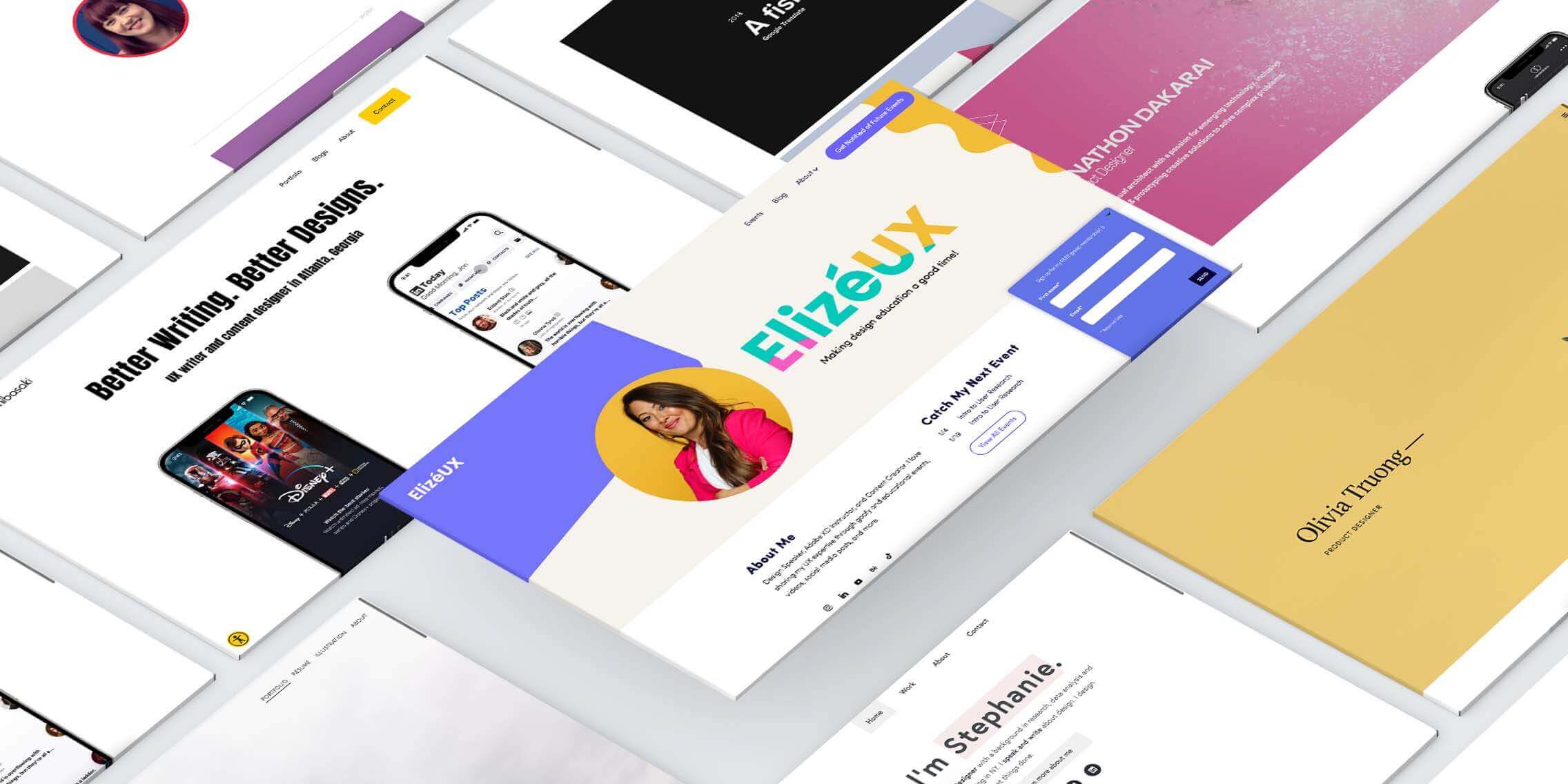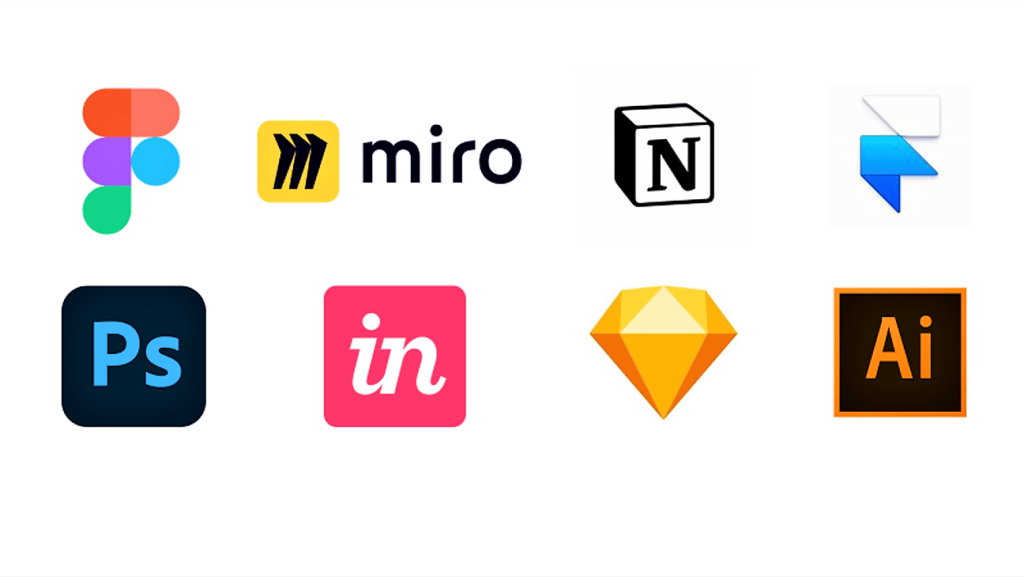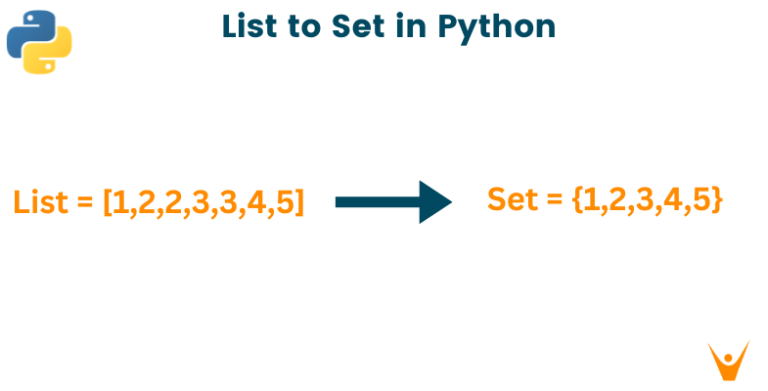Remote UX Jobs: Strategies for Thriving in the Virtual Workspace
In today’s world, Remote UX Jobs have emerged as a prominent and viable career path. With the increasing demand for virtual employees, especially in the field of UX design, it is essential for aspiring designers to navigate this digital terrain effectively. This blog offers valuable strategies and insights tailored to help you not only secure Remote UX Jobs but also thrive in the virtual workspace. From building a compelling portfolio to mastering essential communication skills and managing your time effectively, this comprehensive resource equips you with the knowledge and tools needed to succeed in the world of Remote UX Jobs. Let’s delve into the key strategies that will empower you to excel in your remote UX career in 2023 and beyond.
1. Research Remote UX Jobs Opportunities:
Exploring the Growing Demand:
The first task is to recognize the increasing demand for remote UX designers. Many industries are transitioning to remote work setups, creating a need for skilled professionals who can adapt to this virtual environment. Research industry reports, job market trends, and news articles to understand the scope and longevity of remote UX opportunities.
Identifying Industries and Companies:
Different sectors have varying degrees of acceptance for remote work. Research which industries are at the forefront of this transition. Technology, healthcare, finance, and e-commerce are sectors known for offering remote UX positions. Within these industries, identify companies that have a history of embracing remote work cultures. Look for testimonials and case studies from UX designers who have successfully navigated remote positions within these companies.

2. Building a strong UX portfolio
Showcasing Skills and Expertise:
1. Projects Selection: Carefully select a diverse range of projects that highlight your skills in various aspects of UX design, such as user research, information architecture, wireframing, prototyping, and usability testing.
2. Project Descriptions: Provide detailed descriptions for each project, explaining your role, challenges faced, methodologies applied, and outcomes achieved. Focus on how your work contributed to the project’s success.
3. Visual Presentation: Ensure a visually appealing and easy-to-navigate portfolio design. Use consistent branding elements, clear typography, and high-quality images. Organize your projects logically, allowing visitors to find information effortlessly.

Enthusiasm for Design Trends:
1. Stay Updated: Demonstrate your enthusiasm for the field by staying updated with the latest UX design trends and technologies. Incorporate these trends into your portfolio design to showcase your adaptability and awareness of industry developments.
2. Case Studies: Include detailed case studies for selected projects. Explain the problem, your approach, the design process, and the impact of your solutions. Use visuals like diagrams, charts, and user journey maps to enhance the storytelling.
Expertise in UX Testing Tools:
1. Highlight Tools: Showcase your proficiency in various UX testing tools such as usability testing platforms, heatmaps, and analytics software. Describe how you used these tools to gather insights and refine your designs.
2. Results Interpretation: Demonstrate your ability to interpret data gathered from these tools. Explain how you utilized the data to make informed design decisions and improve user experiences.
Remote Work Adaptability:
1. Remote Collaboration: If applicable, mention any experience working in remote teams. Highlight your ability to collaborate effectively using digital communication tools, emphasizing the importance of clear and concise communication in remote work environments.
2. Time Management: Discuss your approach to managing time and tasks in remote settings. Explain techniques you use to stay focused, meet deadlines, and maintain productivity while working independently.
Continuous Learning and Personal Projects:
1. Continued Education: Mention any online courses, workshops, or certifications you’ve completed to enhance your skills. Showcase your commitment to continuous learning and professional development.
2. Personal Projects: Include personal UX design projects that demonstrate your creativity and initiative. These projects can showcase your unique style and innovative thinking, setting you apart from other candidates.
3. Adapting to Remote Tools and Methods:
Adapting to remote tools and methods is essential for thriving in a virtual work environment. Understanding and effectively utilizing digital collaboration tools like Zoom, Slack, Trello, and project management software is crucial. Remote UX designers must familiarize themselves with these tools to facilitate seamless communication, file sharing, and project tracking. Additionally, mastering remote-friendly UX design software such as Figma or InVision is vital for collaborative prototyping and design iteration.
4. Exploring Remote Job Boards:
Exploring remote job boards is a strategic approach to finding suitable remote UX opportunities. Dedicated platforms like Remote.co, We Work Remotely, and FlexJobs specialize in listing remote positions across various industries, including UX design. Job seekers should regularly monitor these platforms, customize job alerts based on their preferences, and engage with the active communities to stay updated on remote job openings. Networking with professionals on these platforms can also provide valuable insights and referrals.
5. Preparing for Remote Job Interviews:
Preparing for remote job interviews requires specific considerations. Candidates should ensure a professional and distraction-free background for video interviews. Testing internet connectivity and using reliable devices, including a high-quality webcam and microphone, is crucial to avoid technical issues. Practicing common interview questions and articulating experiences clearly is essential. Moreover, candidates should research the company’s remote work culture, emphasizing their ability to collaborate effectively in virtual teams during the interview.

6. Enhancing Communication Skills:
Enhancing communication skills is paramount for remote UX designers. Clear and concise communication is the foundation of successful remote collaboration. UX professionals must articulate ideas effectively, actively listen to team members’ input, and provide constructive feedback. Embracing multiple communication channels such as email, video calls, instant messaging, and project management tools fosters efficient information exchange. Employing active listening techniques and using visual aids like charts and diagrams can enhance the clarity of communication.
7. Mastering Time Management:
Mastering time management is essential for remote UX designers to maintain productivity and meet deadlines. Implementing time management techniques like the Pomodoro Method, setting specific work hours, and creating a daily task list helps structure the workday. Prioritizing tasks, minimizing multitasking, and allocating focused time blocks for deep work enhance efficiency. Remote professionals should also schedule regular breaks to prevent burnout and maintain work-life balance.
8. Mastering UX Tools and Strategies:
Mastering UX tools and strategies involves a continuous learning process. Remote UX designers should stay updated with the latest tools, plugins, and design frameworks. Collaborative UX tools like Figma allow real-time collaboration and version control, enabling seamless teamwork. Additionally, understanding various UX research methodologies, wireframing techniques, and prototyping tools empowers designers to create user-centered experiences. Continuous experimentation with different tools and incorporating user feedback refines UX strategies over time.

9. Practicing Self-Care in the Remote Workspace:
Practicing self-care in the remote workspace is essential for maintaining overall well-being and sustained productivity. Remote UX designers should establish clear boundaries between work and personal life, designating a dedicated workspace to create a professional environment. Regular physical activity, mindfulness practices, and hobbies outside of work contribute to mental and physical well-being. Setting realistic goals, taking regular breaks, and seeking social interactions, even virtually, foster a healthy work-life balance. Additionally, staying connected with a support network and seeking professional help if needed are vital aspects of self-care for remote professionals.
Conclusion
In conclusion, mastering the art of Remote UX Jobs requires a combination of skills, adaptability, and self-care. By researching opportunities, building a compelling portfolio, adapting to remote tools, and honing communication and time management skills, aspiring UX designers can thrive in the virtual workspace. Embracing self-care practices ensures sustained productivity and creativity. As the demand for remote UX professionals continues to rise, these strategies serve as valuable tools for success in the evolving landscape of remote work.
For a decade, Onextdigital has been dedicated to Remote UX Jobs, ensuring the delivery of top-notch UI/UX design services for our clients. Contact us to get more information.




